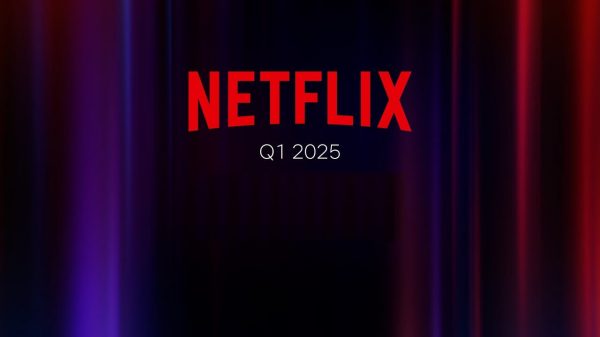The success of most large companies rests with steady growth and how that manifests in annual and/or quarterly financial reports. Depending on what is contained in those reports affects how investors see the direction of the company. Currently, it looks like Disney is veering off in the wrong direction.
The Disney+ Effect
Disney recently announced its 2021 fourth-quarter earnings report (through October 2, 2021) and it looks like Disney is hitting some roadblocks with its Disney+ streaming service.
According to Disney’s report, although the Disney+ streaming service added 2.1 million new subscribers, that is far short of the 9.4 million that Wall Street had predicted. That is also a big decrease from the 12.6 million Disney+ added in the 3rd Quarter of 2021. Fewer new subscribers mean less revenue growth.

Of course, what is interesting is that Disney’s total revenue from all sources actually went up 26% to $18.5 Billion in the fourth quarter, but was below what analysts had predicted.
As a result, with lackluster Disney+ subscriber growth and other factors, Disney’s stock dropped over 5% almost immediately after the report was made public and for the short term appears to be on a downward trend.
The Netflix Juggernaut
Despite a huge library of quality content, as well as original content based on its Marvel, Star Wars, and Pixar properties, Disney+ still only has about half the subscriber base of Netflix which has more than 200 million subscribers and added 4 million during the 4th quarter of 2021.

One problem Disney has is that Netflix is feverishly spending billions of dollars on content and releasing sometimes several new original content offerings to its service every week. Although Disney is spending a lot on original content, those offerings are not coming out at a fast pace.
One thing to watch out for is Netflix adding video game streaming as part of its offerings.
Netflix is also in expansion mode and recently announced that it has made an offer on 300 acres of property on the Jersey Shore (down the street from Editor-in-Chief Ian White’s house) and is planning on building another major television/movie studio to keep up with all of its forthcoming programming. Netflix plans to beat Disney at its own game by attracting the best screenwriters, show runners, and acting talent to its stable.

Streaming Demand Is Slowing
Of course, the big elephant in the room isn’t just Netflix being dominant over Disney and other streaming services.
The fact that there are so many subscription streaming services available, the cost of subscribing to them all is almost or as much as the cable or satellite TV that consumers left for the “lower-cost” of streaming. This means that unless the potential subscriber pie expands, the streaming services are competing for viewers that may be increasingly cash-strapped to pay for more services.
Here is a further breakdown of some of what is known about subscription numbers for several other streaming services beyond Disney and Netflix as of the end of 2021:
Amazon Prime Video: 175 million.
Apple TV+: The number of declared subscribers is not officially known but is estimated to be less than 20 million.
NBC/Universal Peacock: 54 million total, no quarterly growth numbers available.
Viacom/CBS
- Paramount+: Over 47 million (4.3 increase)
- Pluto TV: 54 million (2.1 million increase)
WarnerMedia HBO/HBO Max:
- 69.4 million global subscribers (up 1.9 million)
- 45.2 million domestic subscribers (down 1.8 million)
Discovery+: 20 million (up 3 million)
NOTE: HBO Max and Discovery+ will be officially combined starting sometime in 2022 under the Discovery brand name.
UPDATE 4/8/2022: Warner/Discovery Merger Finalized: What Comes Next
Additional Factors Affecting Streaming Growth
Other factors affecting the slowing of streaming growth are now that COVID restrictions are easing, people are slowly returning to movie theaters, sporting events, concerts, and restaurants which means less at-home TV viewing.
Possible Encouraging Signs at Disney
One encouraging sign for Disney is that park attendance is slowly returning and may soon reach pre-pandemic levels. However, will that increased revenue be enough to counteract any continued slowdown in Disney+ subscriber growth?
Maybe Disney+ Day, the limited time of $1.99 for one month and other offers, the introduction of o the IMAX Enhanced viewing option, and a more aggressive expansion into international markets will jumpstart subscriber numbers in time to provide investors with more encouraging news beginning with the first quarter of 2022.


































